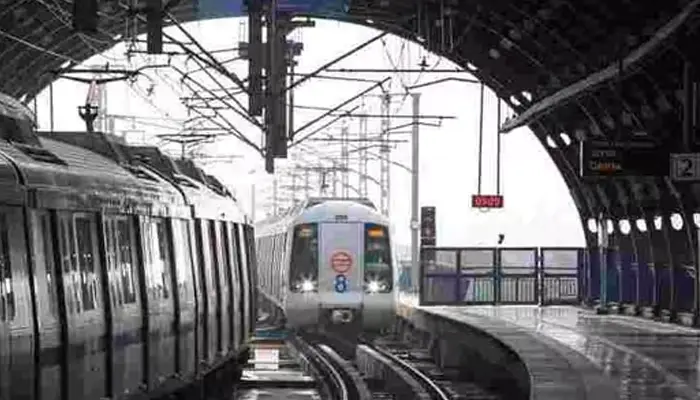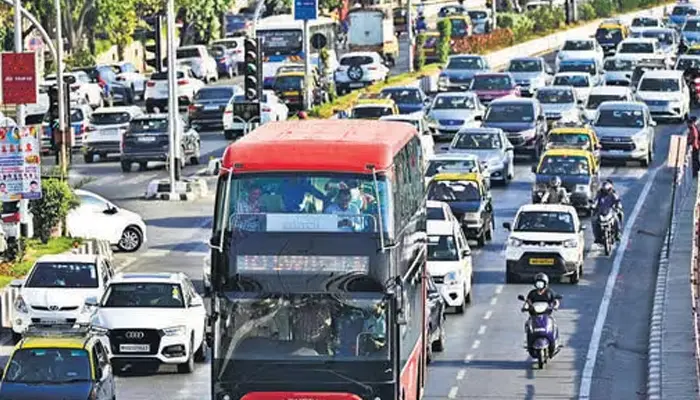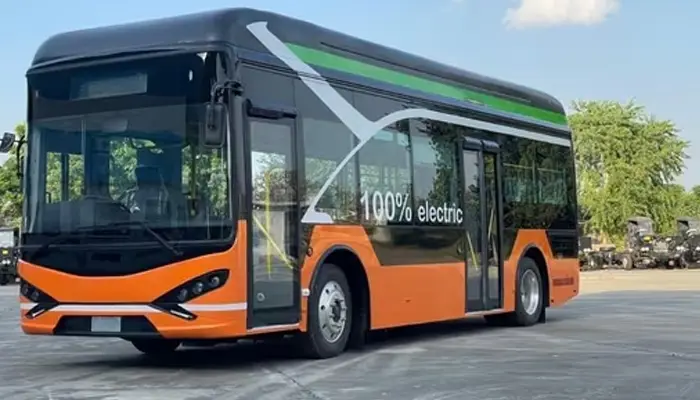
According to reports, the proposed plan aims to rectify the flaws in the current system.
India's urban transportation system has evolved simultaneously with the country's journey of development. Yet, the ground reality is that the system is full of flaws and inefficiencies that demand attention. There have been numerous instances of mismanagement and traffic congestion, not to mention the air pollution that comes with it. However, the good news is that the government is now planning for a comprehensive revamp of the country's urban transport system.
While we eagerly await the government to do the needful as soon as possible, let's discuss the changes that we expect.
Metro and bus routes often overlap without reaching full capacity, leading to reduced viability of both systems. India's public bus networks are operated directly by the state governments and municipal bodies, or through government undertakings like the Delhi Transport Corporation (DTC). On the other hand, metro networks are run by joint ventures between states and the Centre, like the Delhi Metro Rail Corporation (DMRC). According to reports, the government is planning to align bus and metro routes.

In an interview with the Economic Times, a senior government official said, "Metro and bus systems have separate authorities operating them. There are many instances of both buses and metro running on the same route without any of them being saturated. This is an inefficiency that lowers revenue and financial viability. Emphasis is now on integrated planning and optimizing routes. Synergy now needs to be brought between these networks."
Currently, the state government-controlled entities control the fixing and collection of fares in bus services. Hence, the bus suppliers depend on states for the recovery of supply costs. Reports suggest that the government is planning to deploy a payment security mechanism to boost the viability of operating bus services. On the other hand, there will also be some non-fare revenue streams to make bus services more affordable for common people.

As an official shared in his statement, "The Brihanmumbai Electric Supply and Transport and DTC model for public transport is the solution for improving the viability of buses. The state transport undertaking should make business models for them like real estate management agencies."
The current transport system relies on fossil fuel-powered vehicles, contributing significantly to air pollution. The emissions of pollutants like carbon monoxide, nitrogen oxide, etc. have been consistently deteriorating the air quality in Indian cities, leading to various health issues. To tackle the issue, the Indian government is now all set to deploy more electric buses through subsidy schemes.

If this materializes, India will go one step ahead in its goal of combating climate change. This can further improve public health to a great extent as well. And while the initial cost is high, their operational cost is lower compared to traditional petrol/diesel buses. Also, experts believe that there will be overall economic benefits as well.
Well, with these important changes, India's urban transport system is surely going to have a more sustainable future!